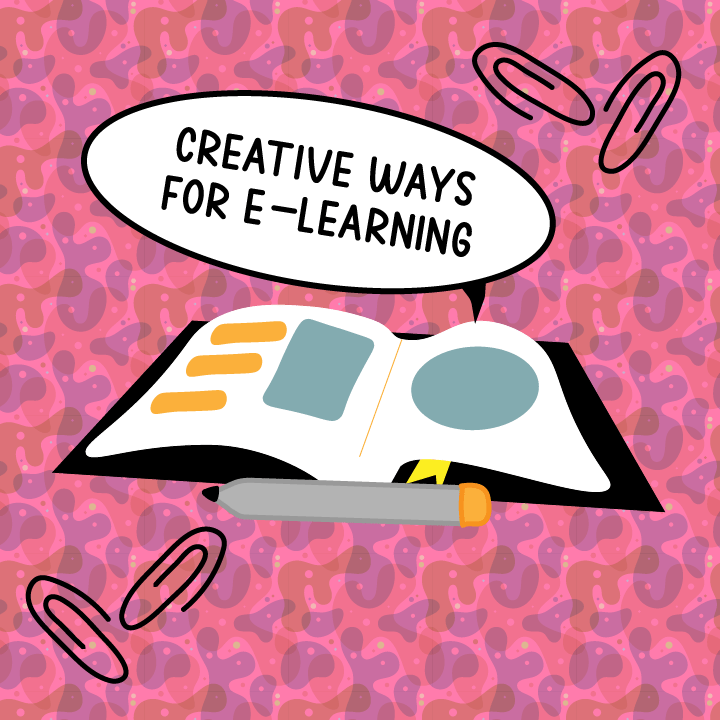How the Pandemic Opened Doors for Creative New Ways of Learning
When the pandemic shut down schools in 2020, parents were forced to pay closer attention to what their children were – or were not – learning, and to take a more active role in their students’ education. It made for an unwelcome disruption in everyone’s lives. But within this homelife upheaval, the disruption of school also provided an opportunity to re-evaluate how learning takes place, and what families can do to make things better, says Emily Greene, the author of School, Disrupted: Rediscovering the Joy of Learning in a Pandemic-Stricken World.
“We’ve gained a new perspective, and this is our chance to update our outdated education system for something better, to shift our mindsets, and to rekindle our children’s joy in learning from the inside out,” says Greene, who herself is a working mother of three children. “I think many of us are beginning to recognize and appreciate new ways of learning that do not necessarily conform to the traditional format of school. Outside of the school building, we’re seeing learning happen anytime, anywhere, with anyone, in formal and informal ways.”
But a question arises: If it’s time to rethink education in America, what is the way forward? For Greene, part of the answer involves simply setting aside outdated ideas about learning and embracing a new way of thinking about what school should be.
Parents don’t need to wait for the school board, teachers, or others to act. She says some steps they can take themselves include:
- Unlearn outdated beliefs about school. The traditional model of education is over 100 years old, which means people need to unlearn it, Greene says. Among other things, school is viewed as a daytime activity in a brick-and-mortar building where children the same age learn the same things, and tests measure how well they’re doing. “Maybe we flip that,” Greene says, “so that we view learning as an anytime activity where kids of all ages have learning options, creative thinking is expected, and success is measured by curiosity rather than test scores,” Greene says unlearning has three steps. “First, we let go of status-quo beliefs that are no longer valid,” she says. “Second, we replace outdated thinking with a new mindset that could work better. Finally, we rebuild day-to-day life around a new way of thinking about school.”
- Nurture curiosity. Children are naturally curious, but structured education doesn’t always allow them to follow their innate desires to know or learn something, Greene says. Parents can help nurture curiosity by asking children questions about what interests them, she says. Parents should also be sure to listen to their children and elicit questions from them rather than jump in with advice, opinions, and answers. “I remind parents that curiosity is innate. All children are naturally drawn to things they find interesting,” Greene says. “With practice, kids can learn to activate their curiosity to transform everyday learning into a more joyful experience.”
- Encourage creativity. Schools don’t kill creativity, but the conformity required at school does smother it, “leaving it gasping for air,” Greene says. “Creativity is stifled by standardization, evaluation, and pressure to conform to the structure of the school system,” she says. Interestingly enough, the pandemic helped show children the importance of creativity and innovation, she says. “They saw stores and restaurants adapt to changing conditions by offering curbside pickup and social distancing,” Greene says. “Many kids watched their parents adapt to a new way of remote working. These things make an impression, showing children that creativity enables us to adapt and solve real problems.”
“Through this pandemic, we have all suffered, but we also have learned so much,” Greene says. “The disruption of school gives us the perspective needed to make a lasting difference in the way our children learn. What a waste it would be to just settle back into our old ways.”
About Emily Greene
Emily Greene is the author of School, Disrupted: Rediscovering the Joy of Learning in a Pandemic-Stricken World in which she shares her experience educating her children inside and outside of traditional schools. She developed the Kiddovate program, working with hundreds of teachers and students. She also is co-founder of VIVA Creative, where she and her team create live and digital experiences. When the pandemic shut down the event industry, Greene co-led VIVA in rethinking how to bring people together in a global pandemic. In 2020, she received an Ernst & Young Entrepreneur of The Year® award recognizing innovation during adversity.






